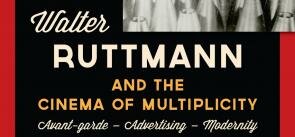Sociologists and education science specialists (i.e., Bourdieu or T. Becher) have shown that academic disciplines are spaces in which identities, “academic tribes” are formed, to use Becher's expression. Their work also illustrates how practicing an academic discipline is linked to and even creates ways of seeing and conceiving the world. These identities assume many different forms. For example, national traditions of Film and Moving Image Studies in France, the United States and Japan are very different. These differences affect both the institutional places where Film and Moving Image Studies are practiced and disseminated, as well as research topics and the way they are conceived. These questions are distinct from the historical and epistemological problems addressed in axes 1 and 2, but they are certainly not entirely foreign to them either: they provide another angle on a disciplinary field, one that is oriented toward other preoccupations closer to that of sociology and anthropology – or “cultural studies”. Indeed, the history of institutions as well as epistemological considerations regarding approaches and background beliefs emerge from issues that are raised by questions of disciplinary identity and cultural traditions within Film and Moving Image Studies.






